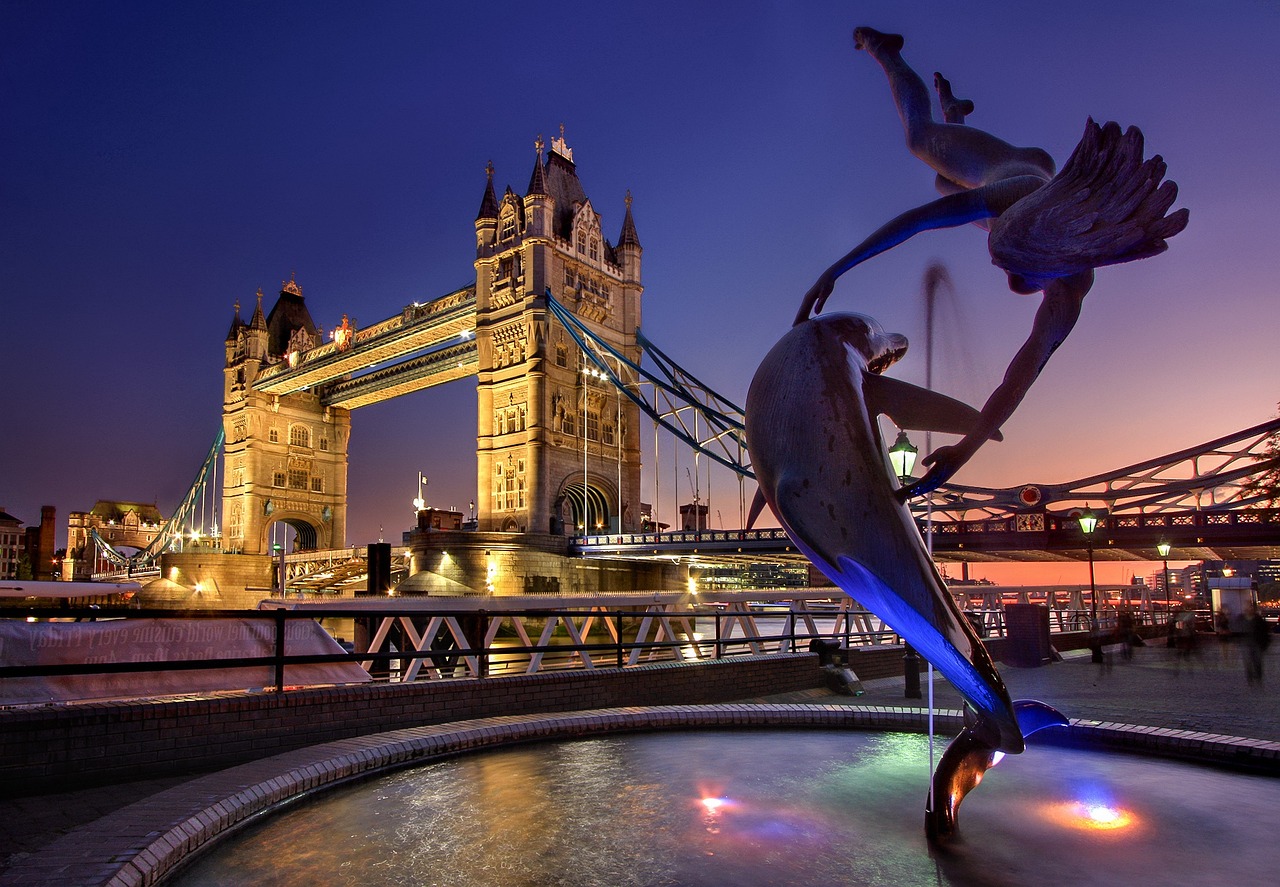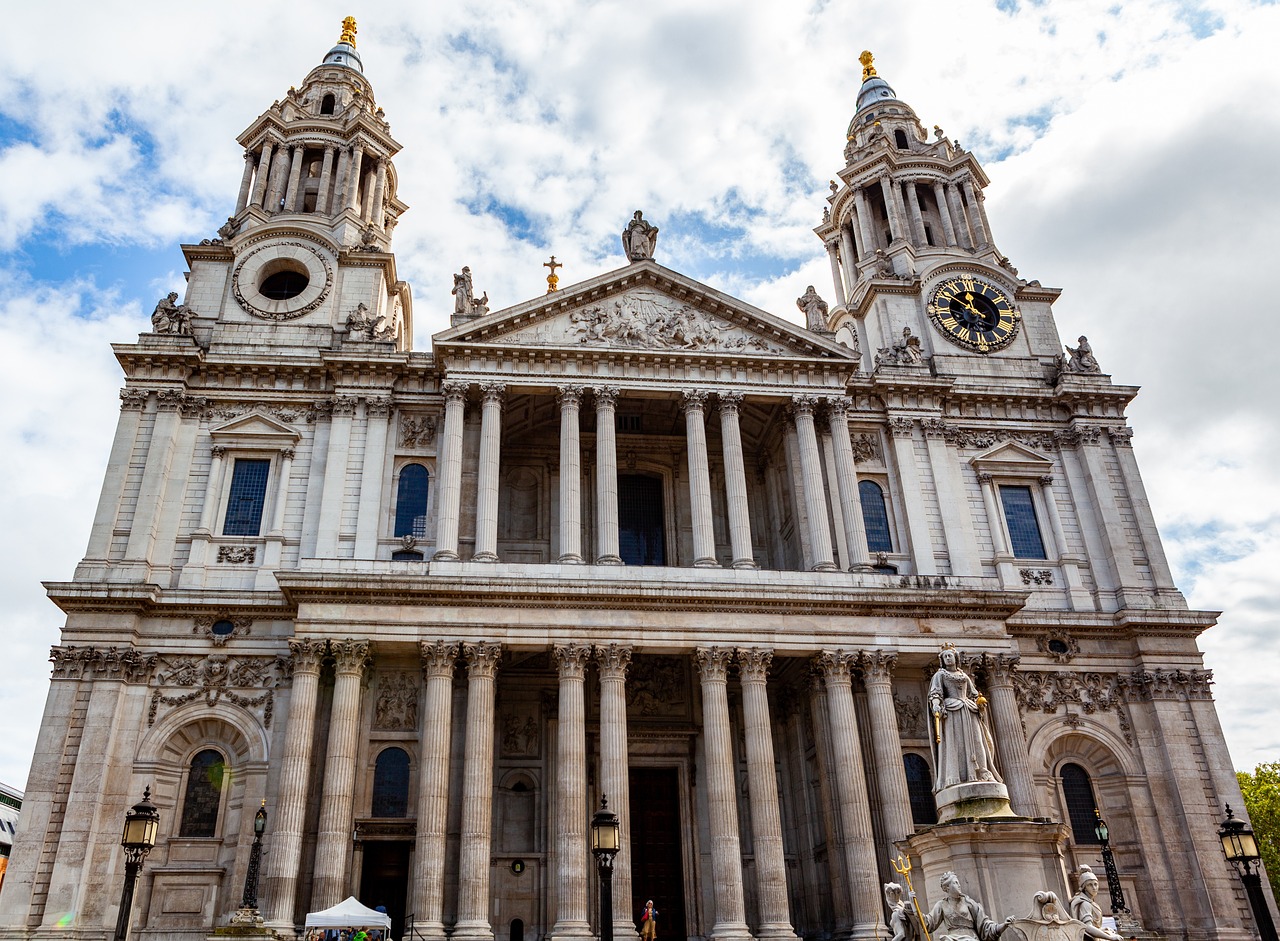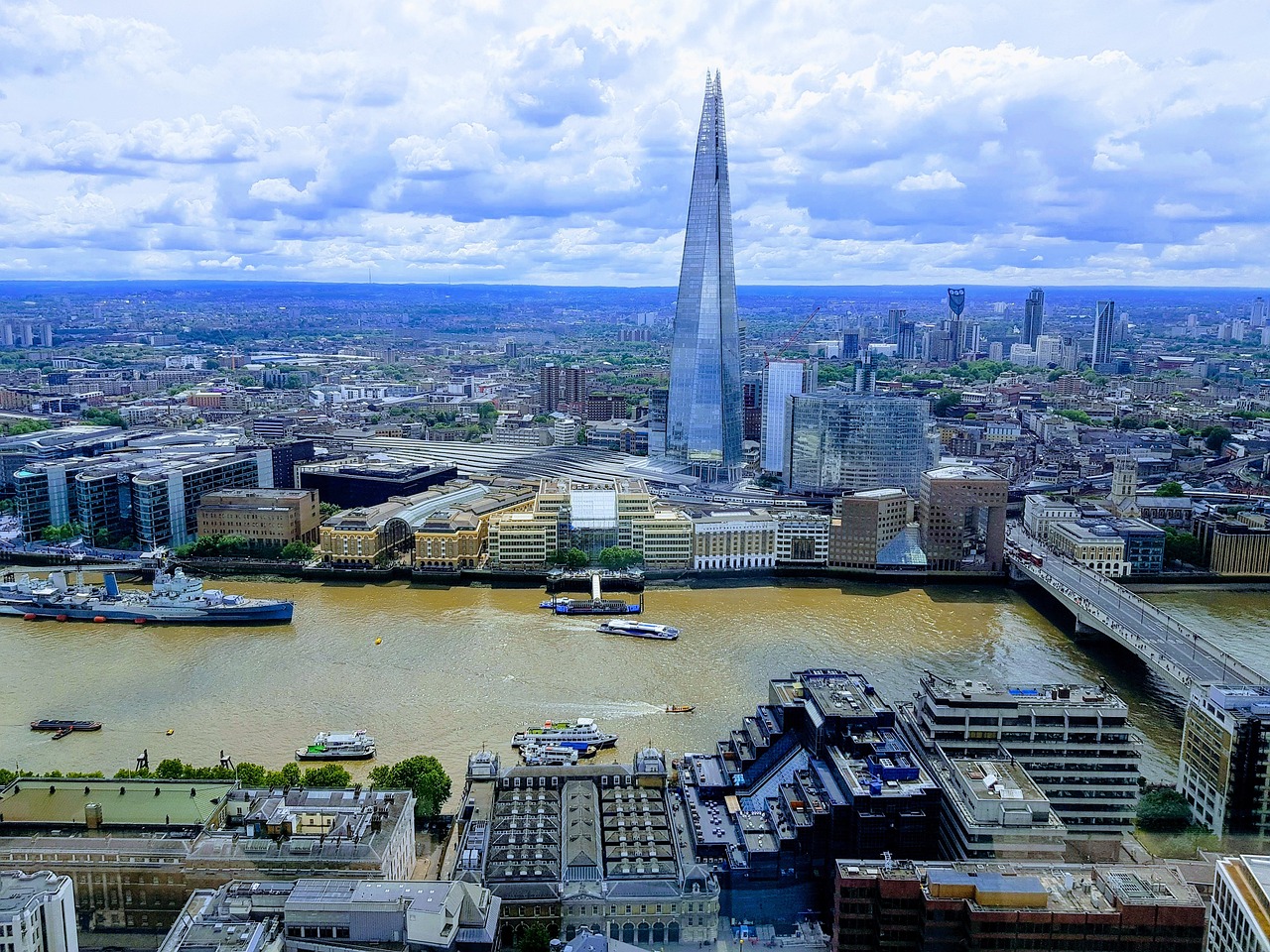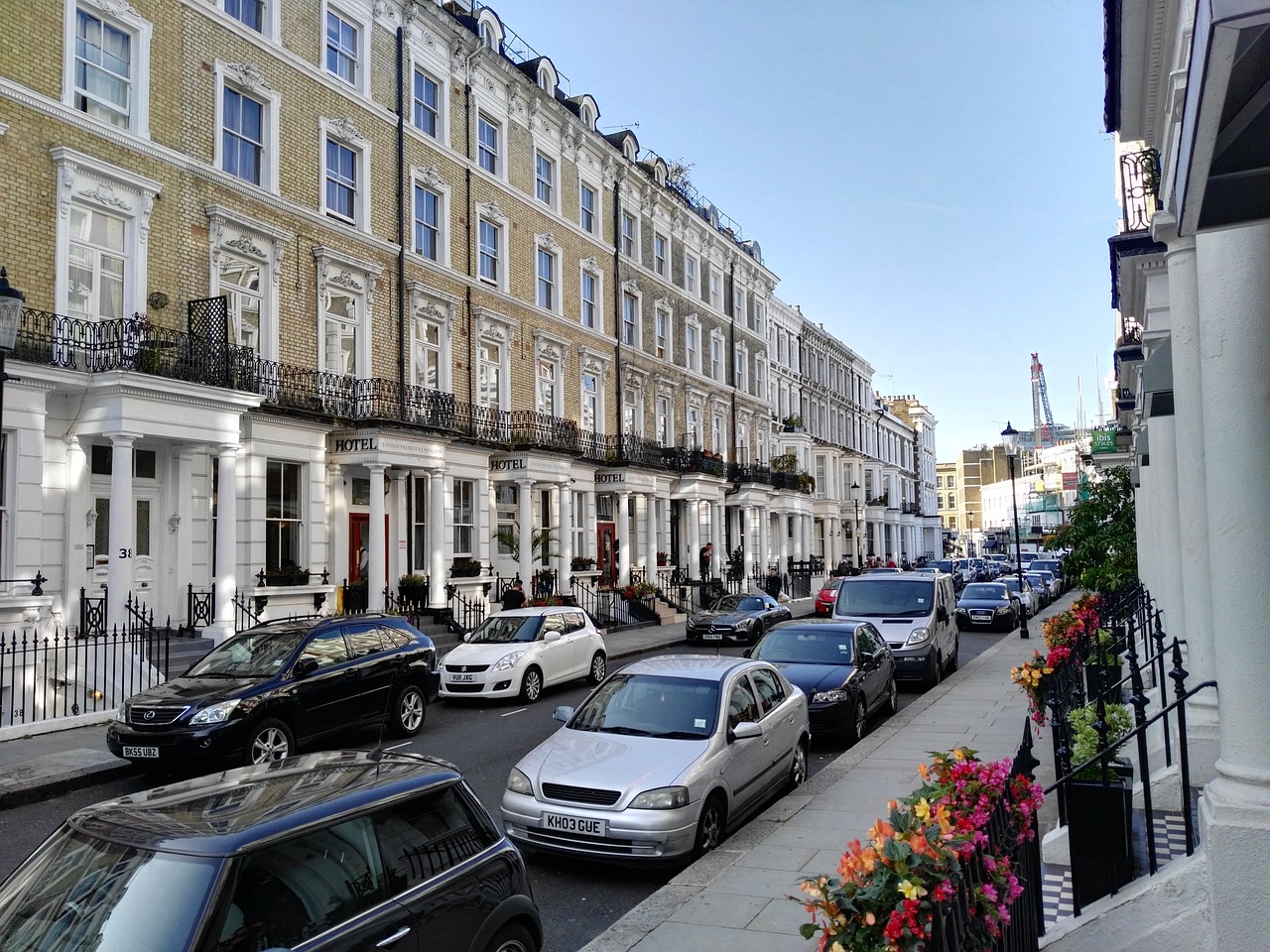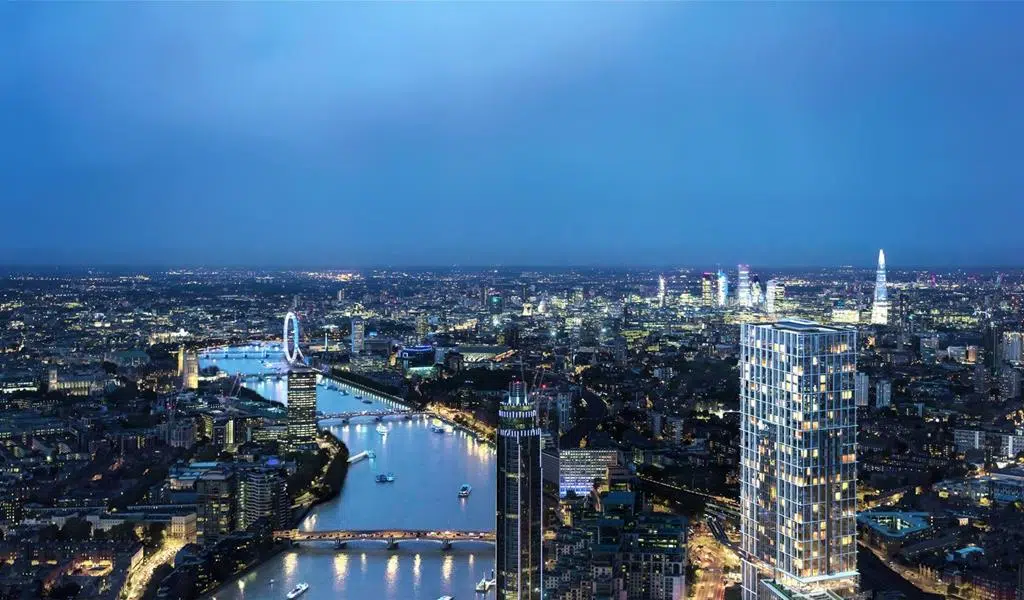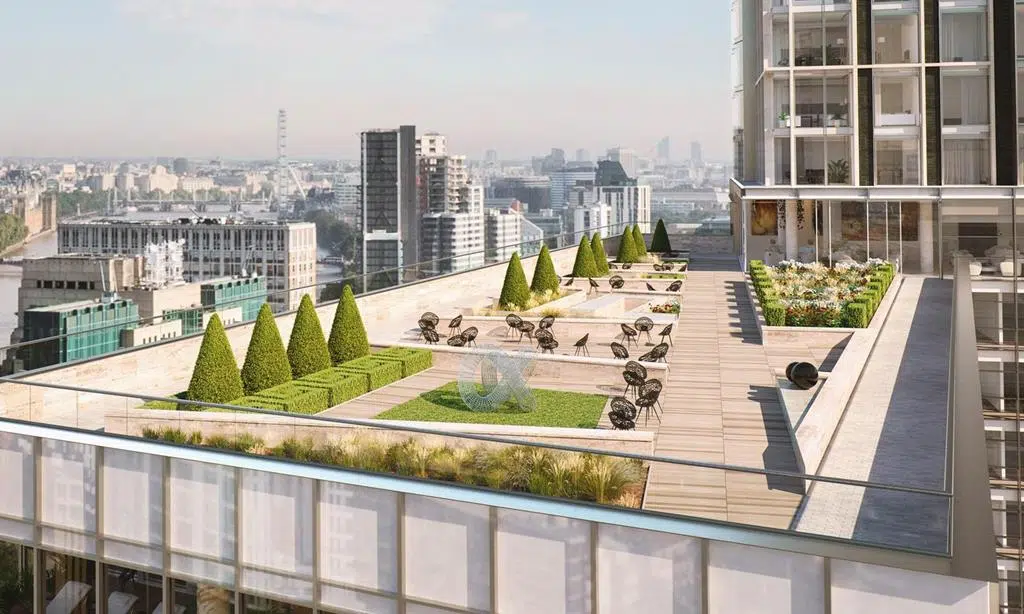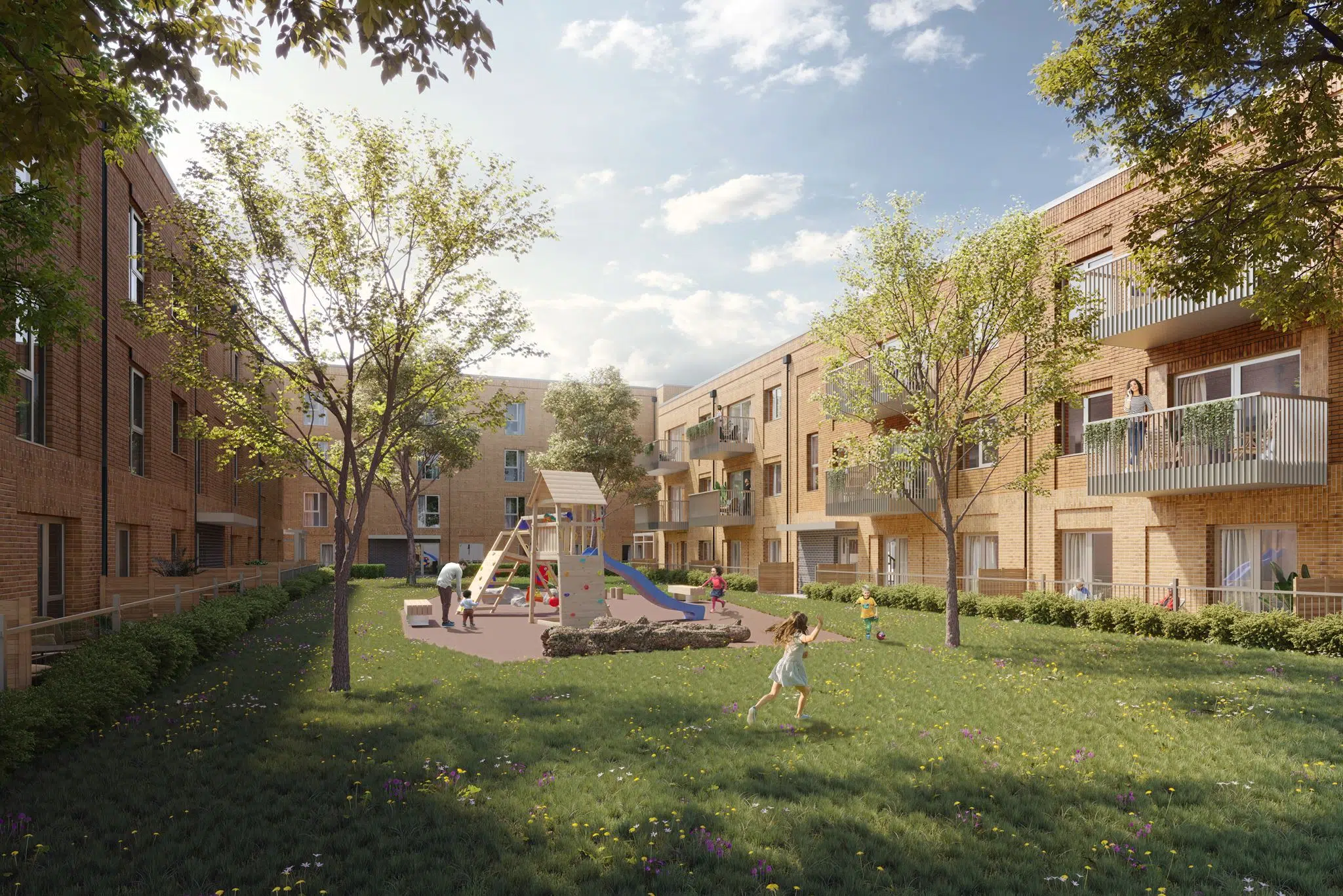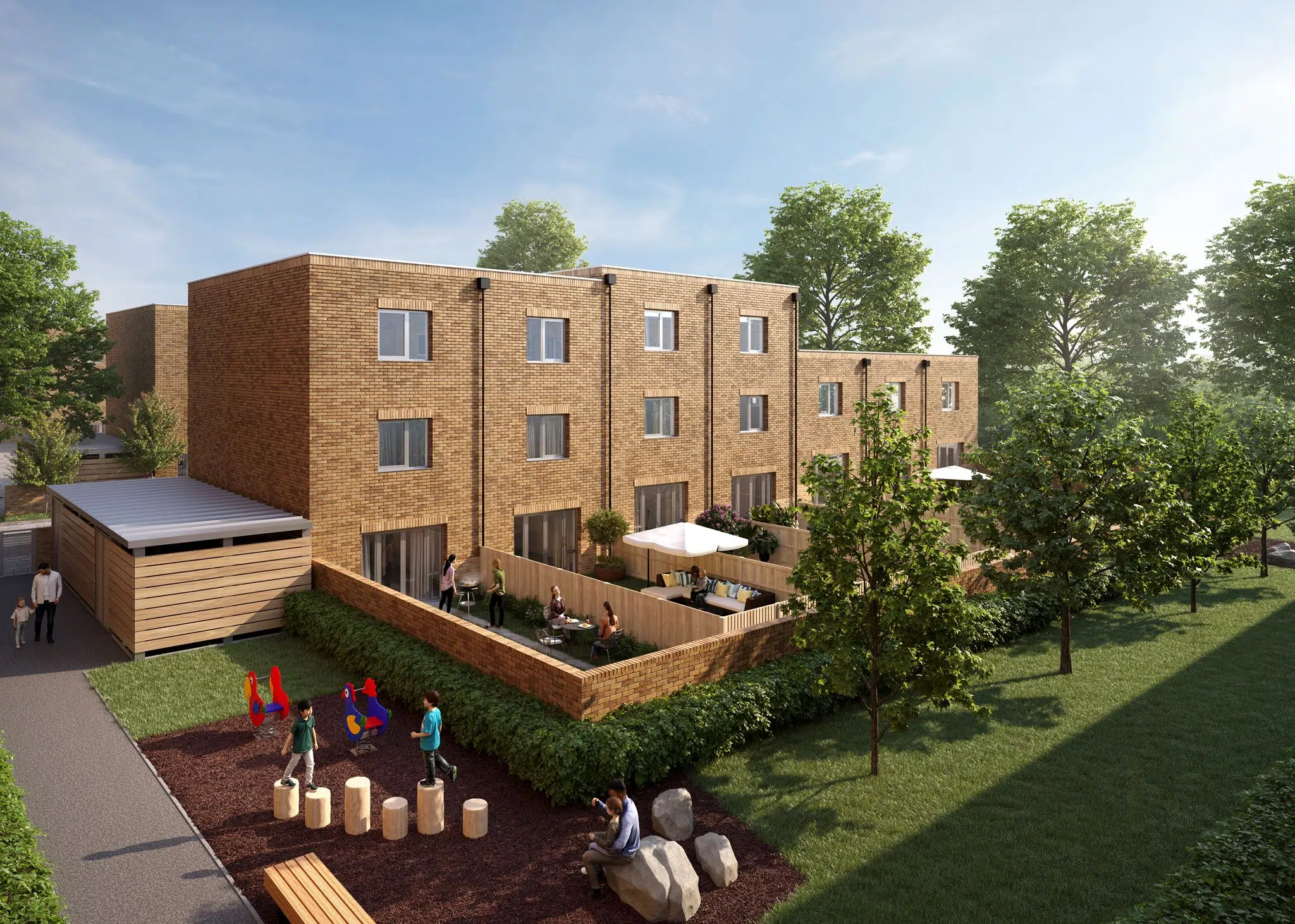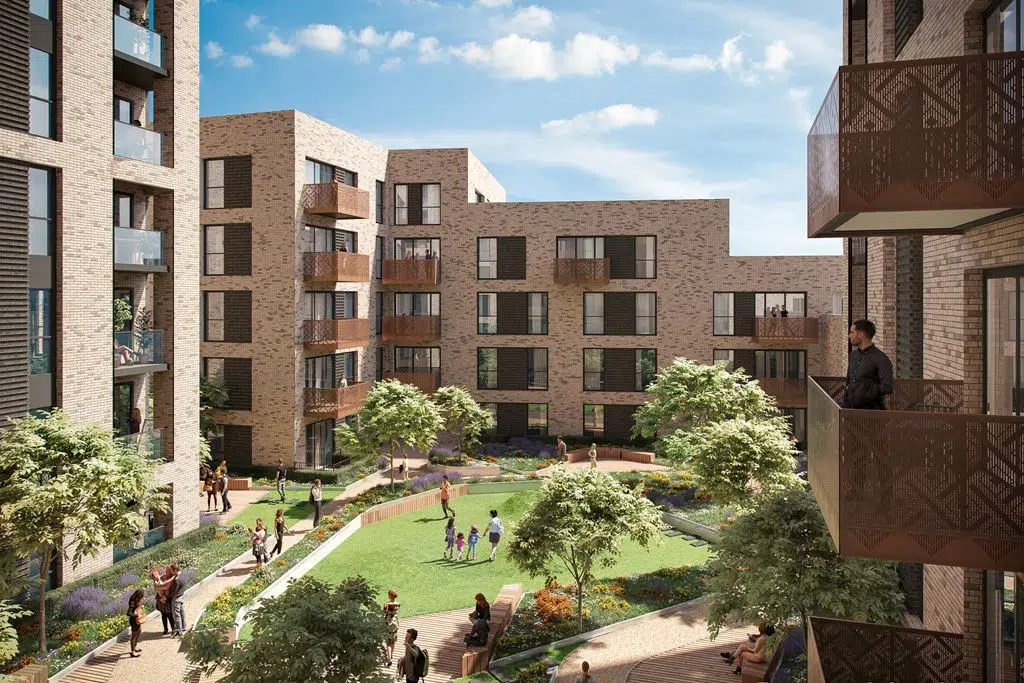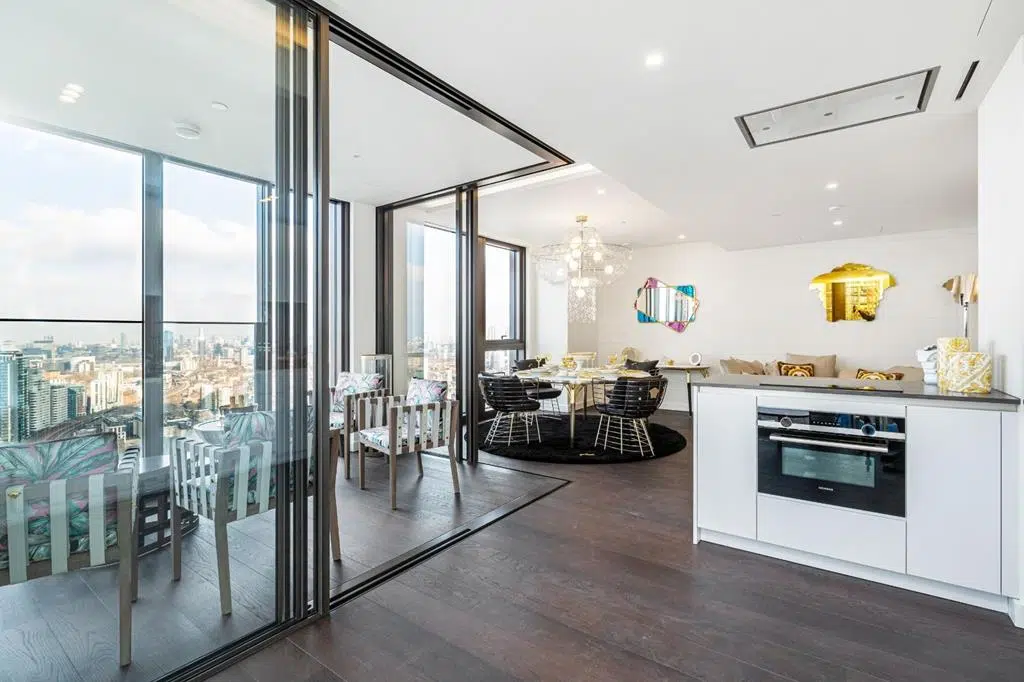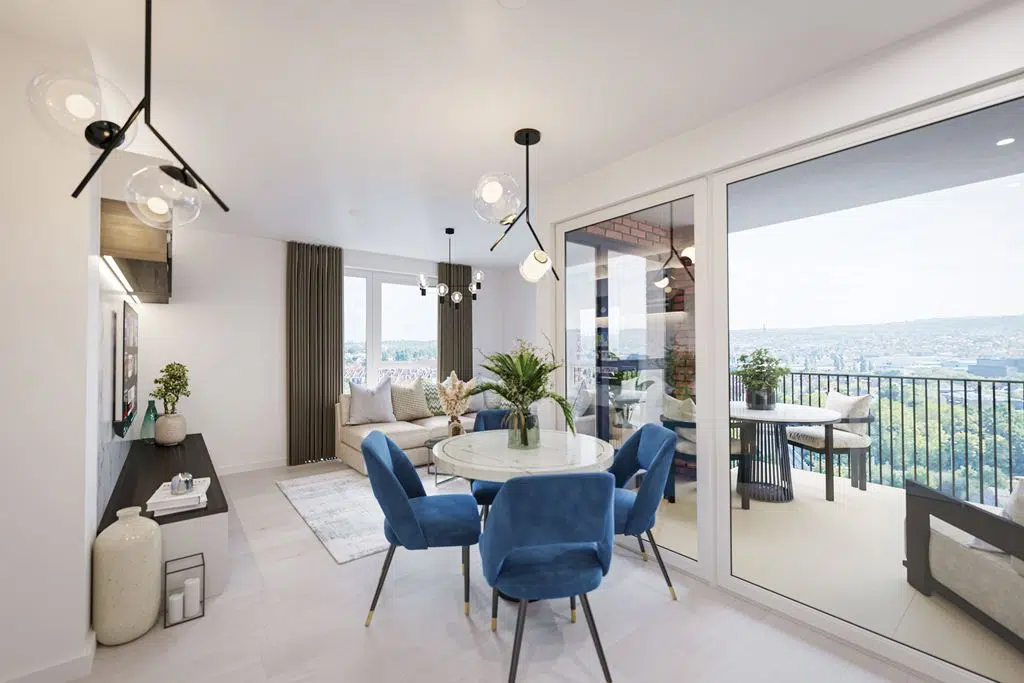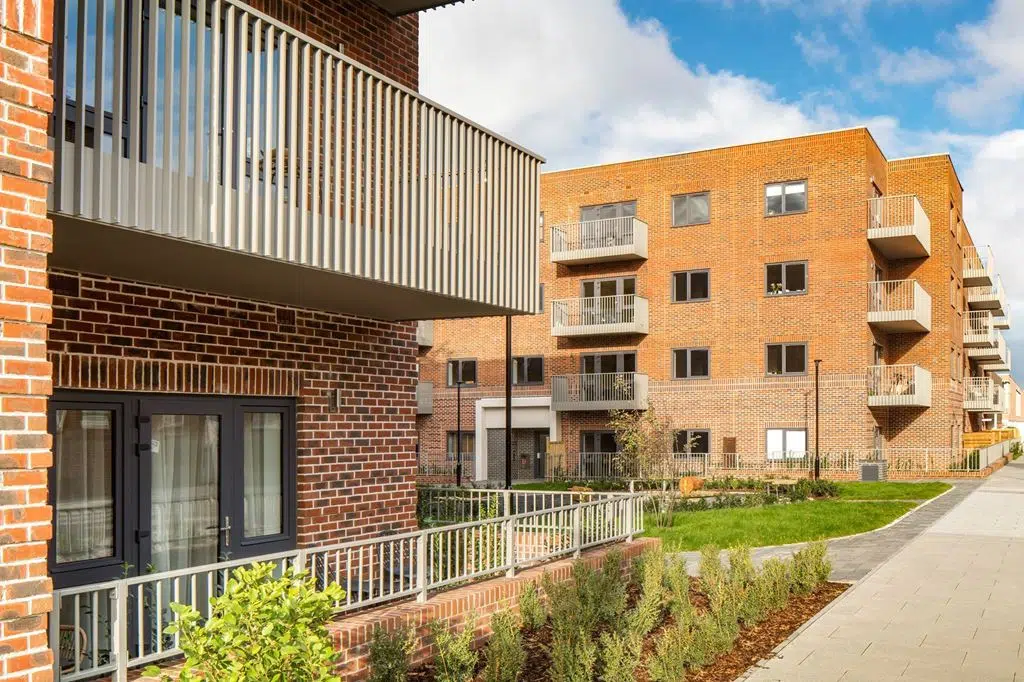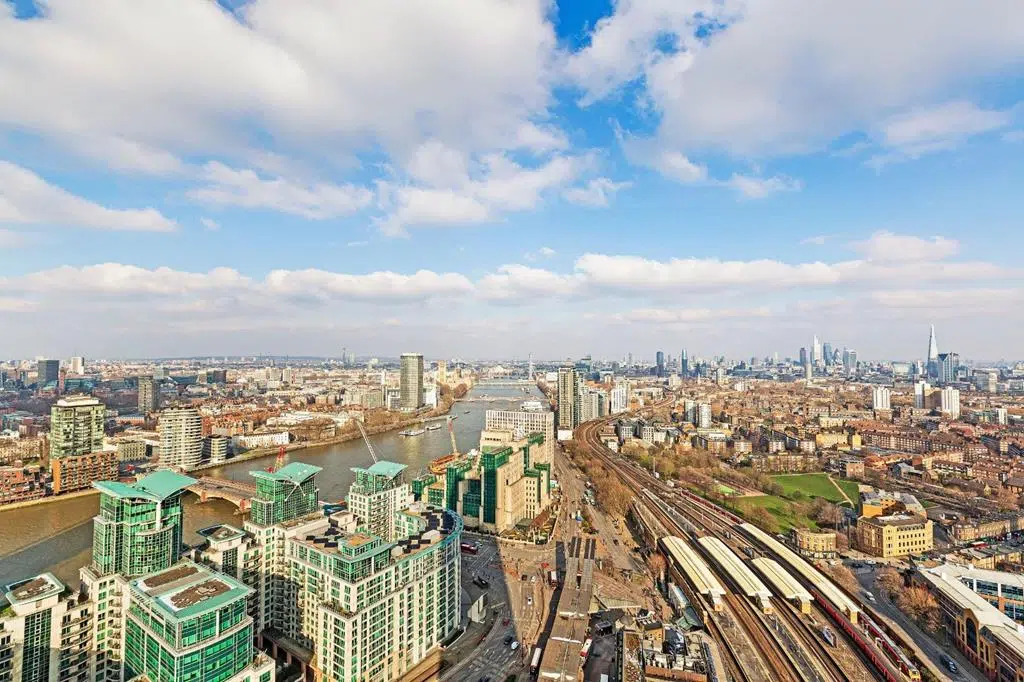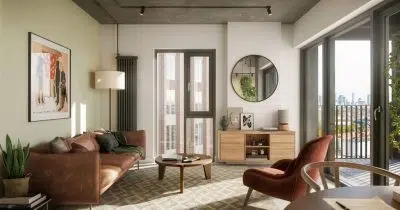London’s architecture styles are renowned worldwide, making this city famous for excellence, innovation and finesse, and of course, property. Over centuries, various buildings and houses by famous architects transformed London’s skyline into international presentations of British talent. Moreover, the buildings have inspired other global architectural projects as people seek to replicate the quintessential styles of London.
Architects with background and knowledge of London city buildings blend old with new to present the modern era of London’s housing and commercial market and office spaces. Indeed, many global architects have their head offices in London, given the prestigious status the city commands.
So, if you want to invest in London, here is what to know about the architectural building styles, prime areas reflecting the best of London architecture themes, and prominent architects who shaped the city into the unique urban landscape we see today.
About London’s Architecture Styles
Before we delve into the historical architectural styles of London, remember the 1666 great fire of London destroyed 80% of the city. Before the great fire, people constructed houses with wood and thatched roofs. However, building regulations and design practices changed as architects strived to create sustainable mass housing after the Fire. Natural materials were no longer allowed for new houses; red brick or natural stone replaced wood, and slates replaced thatched roofs. This event changed architecture in London forever and inspired timeless house designs.
1: Regency Architecture in London
Regency architecture was an early 19th-century style. Historic streets with regency houses exist in several London areas including Mayfair, Belgravia, and Kensington. These areas developed promoted elegant, neoclassical architecture. Some famous streets for Regency houses include Grosvenor Square in Mayfair, Belgrave Square site in Belgravia, and Kensington Palace Gardens in Kensington. Other notable examples include the Royal Pavilion in Brighton and Lansdowne Club in Mayfair. Critical characteristics of Regency London architecture include:
- Classical styles of ancient Greece and Rome like columns, pediments, and cornices.
- Clean lines and lack ornamentation, creating sophistication and elegance.
- Big windows for light and connection to the outside world.Decorative iron balconies and railings for cosmetic appeal.
- Stucco facades for versatility and intricate detailing.
Notable Regency architects of London include Decimus Burton, who worked on grand townhouses, parks and Palm House at Kew Gardens, and Henry Holland, who designed many of London’s most luxurious townhouses. Additionally, John Soane was the Bank of England’s 18th and 19th-century architect.
2: Edwardian Architecture in London
In London, Edwardian architecture features ornate facades, detailed stonework, and large windows. Examples of Edwardian London architecture include The Strand and white-stucco terraced houses in neighbourhoods like Hampstead and Highgate. Some famous Edwardian architects in London include Edwin Lutyens, who designed The Cenotaph and Queen Mary’s Gardens in Regent’s Park, and Bertram Goodhue, who created the British Empire Exhibition’s Palace of Arts in Wembley Park. Other notable architects from this period include C.F.A. Voysey, who designed many houses in London, and Aston Webb, who created the facade of Buckingham Palace.
3: Victorian Era Architecture in London
The Victorian era saw construction in London boom, characterised by Gothic, Renaissance, and classical building styles. The Victorian style features ornate and decorative brickwork, carved stone details, and stained-glass windows. Examples of Victorian London architecture include the Houses of Parliament building and Big Ben, St Pancras Station, and Royal Albert Hall. There are also many Victorian-era terraced houses and residential blocks in neighbourhoods like Pimlico, Chelsea, and Islington. Some famous Victorian architects and their projects in London include:
- George Gilbert Scott – Midland Grand Hotel at St. Pancras station and the Albert Memorial in Kensington.
- William Burges – Tower House in London.
- Decimus Burton – Palm House at Kew Gardens and Athenaeum Club in Piccadilly.
- James Penne Thorne – Royal Exchange and National Portrait Gallery.
4: The Georgian era
Georgian architecture features symmetry, proportion, and simplicity, with classical motifs and elements like columns, pediments, and pilasters. In London, Georgian architecture features in many neighbourhoods, including Mayfair, St James’s, Bloomsbury, and Marylebone. Examples of Georgian London architecture include the Royal Pavilion building in Brighton, Carlton House Terrace in St James’s, and Bedford Estate in Bloomsbury.
Additionally, many of London’s squares, such as Berkeley Square and Grosvenor Square, are lined with Georgian townhouses. Some famous Georgian architects in London and their projects include:
- James Gibbs – St. Martin-in-the-Fields church and the Royal Hospital Chelsea.
- Robert Adam – Adelphi Terraces and townhouses in Fitzroy Square.
- William Kent – Horse Guards building and Whitehall Treasury building.
- Henry Holland – The Royal Brighton Pavilion and Carlton House
Note: If you are looking at houses for sale in London, and plan to buy any of the above housing styles, check whether they are in a conservation area. More than 20 conservation areas protect architectural heritage through planning control.
5: Christopher Wren – London’s Famous Architect
Christopher Wren was an English architect born in East Knoyle, Wiltshire, England, in 1632. Wren’s English Baroque architecture of the 17th century St Paul’s Cathedral in London is famous. He also designed many other churches and public buildings in London, including the Sheldonian Theatre in Oxford, the Royal Hospital Chelsea, and the Church of St Mary-le-Bow. He massively influenced architecture with St Paul’s Cathedral.
Other famous London architects include Inigo Jones, who founded English classical architecture, and Nicholas Hawksmoor, who worked on rebuilding London after the Great Fire and is known for Gothic structures and classical building styles. There was also James Stirling, a 20th-century architect who promoted unconventional building designs, and Norman Foster, who designed modernist buildings with innovative materials and technologies.
6: Architecture on the River Thames
The River Thames has shaped London’s architecture throughout history. Since ancient times, the river’s transportation route contributed heavily towards the industrial revolution and provided access to the city’s heart, making the river prime for building development and architecture. Notable landmarks by architects along the River Thames include:
- Tower Bridge – As the city’s symbol, the Victorian suspension bridge spans the Thames.
- Shard Building – Tall, pointed office building with panoramic city views.
- Tate Modern Building – This modern and contemporary art gallery in a former power station attracts artists and architects from everywhere.
- Globe Theatre – This building design replicated Shakespeare’s famous theatre.
- London Eye Observation Deck – Giant Ferris wheel with city and Thames views.
- Battersea Power Station: Originally built in 1929, Battersea Power Station was decommissioned in 1975 but is listed as an important historical building. Development redesigned the place as somewhere to live, eat and shop.
7: Architecture of Regent’s Park
Regent’s Park is a 19th-century London Park boasting picturesque landscapes, green space and diverse architectural styles. Regency Architect John Nash included various architectural styles like
- The Italian Formal Gardens in Renaissance style with a central pond, fountains, and sculptures.
- Regent’s Park Ottoman-style Mosque building
- The Broad Walk tree-lined avenue lined with Victorian-style street lamps and benches.
- The Queen Mary’s Gardens with ample space, 12,000 roses and a small lake.
- The Outer Circle lined with historic townhouses in various architectural styles.
- Open-Air Theatre surrounded by space and tall trees.
- The former Royal Botanic Society building and Primrose Hill Pump House are now offices.
8: Serpentine Gallery – Art, Architecture and Design Exhibitions
The Serpentine Galleries is a modern and contemporary building in Kensington Gardens. Opening in 1970, the Serpentine galleries display exhibitions by established and emerging global artists and architects. Housed in a building by architect Zaha Hadid, who was the first female winner woman of the Pritzker Architecture Prize and greatly inspired other female architects, the Serpentine Gallery explores art, space, architecture, and design.
9: Modern Architecture in London
London is home to many innovative and modern residential buildings, ranging from high-rise apartments to contemporary single-family residences. Notable modern examples by architects in London include:
- Highpoint Apartments – Historic, art deco-style apartment buildings in Highgate by the architect’s team of Richard Grenville Bull.
- Trellick Tower – Tall, concrete-framed apartment building in West London by the architects’ team of Ernő Goldfinger.
- White House residential building in South London by the architect Richard Rogers.
- Highgate Wood House – Modern style, timber-framed single-family home in Highgate by the architect Glenn Howells.
- Sky House – Glass-walled penthouse apartment in Barbican Estate.
10: East London Architecture
East London is another area featuring impressive architecture like…
- Balfron Tower Projects – an iconic brutalist apartment building by leading architect Ernő Goldfinger.
- The Barbican Estate – This modernist residential complex reflects the brutalist architecture of Europe.
- The Whitechapel contemporary art gallery in a historic building
- Queen Elizabeth Olympic Park – Site of the 2012 Summer Olympics, featuring innovative sports facilities and the ArcelorMittal Orbit sculpture and observation tower.
- Victoria Park features Victorian-era architecture, extensive green spaces, and recreational amenities.
11: King’s Cross Architecture
The rich architectural heritage of the King’s Cross area in London features many buildings with various styles and periods. Examples of architecture in King’s Cross include The King’s Cross railway station by Lewis Cubitt in 1852, and later expanded in the 1930s. The Granary Complex 19th-century warehouses were also converted into offices, shops, and cultural spaces. St Pancras International railway station, by George Gilbert Scott in Gothic Revival styles, is now a hotel and shopping centre.
12: What is the Tallest Building in London?
The tallest building in London is The Shard, by famous architect Renzo Piano. Reaching 1,016 feet, the Shard’s distinctive, angular design promotes panoramic city views. The office building also includes apartment residences and a hotel. In total, there are 118 high-rise buildings in London, and 27 are in Canary Wharf, contributing massively towards shaping the London skyline.
13: Current and Future Architecture Projects
London is home to many exciting and innovative architecture projects, both completed and underway, that showcase the city’s excellence and sustainability. Some notable projects include:
- The Tulip site tower with unique, bulb-shaped design near the Gherkin building.
- Nine Elms Riverside development – Large-scale mixed-use building along the south bank featuring modern residential and commercial buildings
- The Royal Albert Docks development to transform East London’s historic docks into thriving cultural and commercial centres with various building designs.
- The Southbank Centre redevelopment – Renovation and expansion building project to transform this important cultural landmark.
Final Thoughts and Summary
People buy houses in London for many reasons, including a strong economy, world-class amenities, rich history and culture, diverse communities, and good transport links. But what makes London stand out is the architectural influence. The architecture combines art and science to design functional and aesthetically pleasing buildings. It impacts our daily lives and enhances experiences. These days, good architectural projects also address global issues like sustainability and accessibility. Architecture influence and shapes the world, and London fulfils every area in this field of expertise.
About Property In London
London’s diverse property market, ranging from historic architectural homes to modern high-rise apartments. Central areas of London, like Mayfair and Knightsbridge, are expensive places to buy a home, but there are many other more affordable areas. Location, size, type of property, and architectural value determine the price. London’s rental market is also one of the best for landlord investors due to the high percentage of residents who rent and don’t buy.
If you want to own a property in London with modern or historical architectural styles, contact us and speak with a professional agent to make your property investment work for you. You can also see our portfolio of property in London here. Just use the contact details to find out more or arrange property viewings.
Also Read…
Famous Roads in London: Alongside architecture, some roads in London have also become globally recognised. Each street is renowned for specific reasons, like history, architecture, literature shopping, or dining. Some streets are also desirable places to buy a property and live in London.
